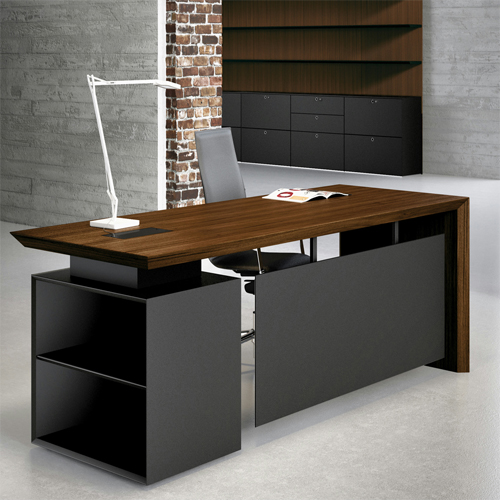In the ever-evolving panorama of the modern-day administrative center, the workplace cubicle stands as a symbol of both culture and transformation. Once synonymous with isolation and monotony, booths have advanced to mirror modern wishes, blending the demands of privateers with the benefits of collaboration. As companies strive to create painting environments that foster each character’s productivity and crew synergy, the assignment of balancing these now and again competing needs has never been more pertinent.
Office Cubicle
Traditionally, office booths were designed to provide employees with a semblance of privacy in an open workplace setting office cubicle. They aimed to offer a non-public workspace whilst nevertheless being a part of larger, shared surroundings. However, as companies have become extra aware about the benefits of collaboration and group-based work, the cubicle’s function has expanded. The current cubicle is no longer just a solitary workspace; it’s a dynamic region that supports a mix of centered paintings and cooperative efforts.
The Privacy Dilemma
Privacy inside the workplace cubicle is important for several reasons. It offers personnel with a non-public area to awareness, minimizing distractions and interruptions. For duties that require deep concentration, which include writing reviews or reading facts, a diploma of privateers is vital. Without it, employees may also war with decreased productivity and heightened pressure degrees. Furthermore, privacy safeguards touchy statistics and allows preserve confidentiality, especially in roles that cope with private patron records or proprietary corporation records.
A cubicle’s bodily obstacles—walls and partitions—function as a primary line of protection against inadvertent eavesdropping and information breaches. However, privateers in cubicles can occasionally be overemphasized. Excessive isolation can result in communique breakdowns and a lack of crew concord. Employees can also experience disconnected from their colleagues, main to decreased collaboration and weakened relationships within the crew.
Modern Office Cubicles
On the flip aspect, collaboration is a cornerstone of present-day enterprise success. Teamwork drives innovation, fosters innovative trouble-solving, and speeds up projects of entirety modern office cubicles. In this context, the traditional cubicle setup, with its high walls and isolated cubicles, can be visible as a barrier to effective verbal exchange and collaboration. To cope with this, many agencies have introduced features that encourage interaction inside cubicle environments. These consist of decreasing the peak of cubicle partitions, organizations can facilitate easier verbal exchange between crew participants while nonetheless providing some level of private area. Integrating communal regions in the cubicle format—such as small meeting pods or brainstorming zones—can beautify spontaneous discussions and teamwork.
Adjustable cubicle designs that allow for reconfiguration can assist balance privateers and collaboration wishes. For instance, cubicles can be reoriented to create open areas for organizational work or closed areas for individual obligations. Digital tools and communication systems can bridge the distance among booths, allowing seamless collaboration even if physical interaction is confined.
Office Cubicle Design
Finding the proper stability among privateers and collaboration requires a nuanced technique. Here are some strategies to assist acquire this equilibrium Assess Needs and Preferences: Conduct surveys or awareness companies to recognize employee choices and necessities. Some employees may value privacy greater, while others would possibly prioritize collaborative spaces. Tailoring the cubicle layout to fulfill these numerous wishes can cause a greater harmonious workspace office cubicle design. Implementing modular cubicle structures that can be without difficulty allows for adaptable use of the area. This flexibility helps both person and group paintings, accommodating converting desires through the years.
Adding soundproofing substances or acoustic panels can beautify privacy within booths while maintaining an open and collaborative environment. These answers assist in decreasing noise distractions without compromising interaction possibilities. Encouraging a culture that values each privateer and collaboration is vital. Training personnel on the way to balance those aspects, which include respecting others’ quiet time while being open to collaborative possibilities, can foster some extra efficient and nice work surroundings.
Conclusion
Incorporating clever eras into booths—including adjustable lights, weather management, and virtual conversation equipment—can decorate each privacy and collaboration. Integrating natural factors into cubicle environments, inclusive of flora or herbal light, can improve employee well-being and productivity, creating an extra balanced and welcoming workspace. Moving past traditional cubicle designs, interest-primarily based workspaces offer a variety of settings tailor-made to exclusive painting sports. This approach allows employees to choose areas that satisfactorily match their modern-day responsibilities, whether or not they need privateers, collaboration, or something in between.
In the end, balancing privateers and collaboration within workplace cubicles is a multifaceted challenge that calls for considerate layout and deep information on employee wishes. By embracing flexible layouts, incorporating generation, and fostering a tradition of appreciation, organizations can create painting environments that support each productivity and team, brotherly love. As the place of work keeps conforming, so too will the cubicle, adapting to the changing needs of modern paintings and paving the manner for greater powerful and harmonious workplace environments.

